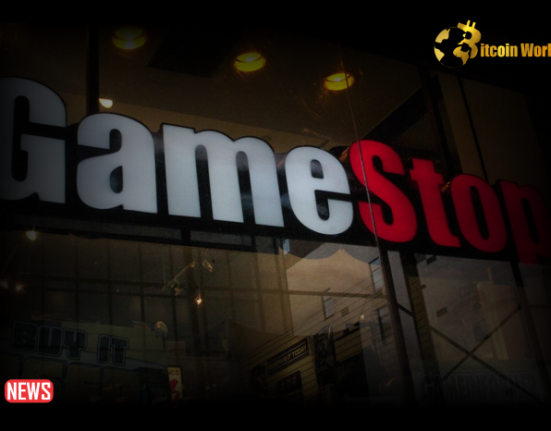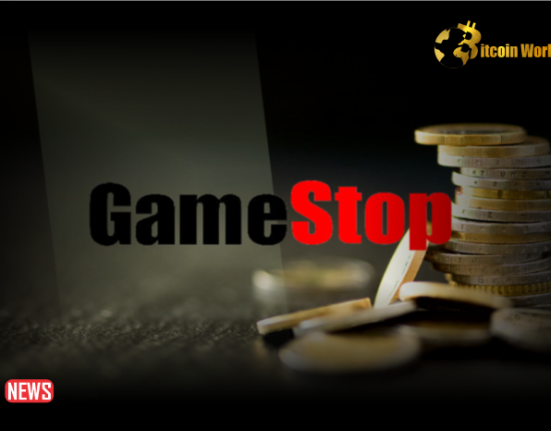In a surprising move, the video game retailer GameStop has exited its NFT marketplace after an 18- month journey, sending shockwaves through gaming and digital asset communities. This decision prompts questions about the company’s future in the NFT landscape.
FROM HYPE TO REALITY: NAVIGATING A BUMPY CRYPTO RIDE
In 2021, GameStop’s crypto ambitions soared, fueled by the meme stock saga and a vision to capitalize on the booming digital collectibles market. Partnering with Ethereum scaling network Immutable X in January 2022, the company set up a $100 million fund to incentivize game developers. However, the initial euphoria waned as the NFT market cooled, trading volumes dropped, and GameStop faced internal challenges. These challenges included layoffs affecting its crypto teams and the departure of CEO Matthew Furlong, an early NFT venture proponent.
REGULATORY SHADOWS AND STRATEGIC REASSESSMENT
As GameStop cites “ongoing regulatory uncertainty in the crypto space” for closing its NFT marketplace, it reflects a broader industry concern. The increased scrutiny from regulators, such as the SEC, casts a long shadow over the future of crypto and NFTs. Beyond regulatory concerns, GameStop appears to be undergoing a strategic shift. Under the leadership of board chairman Ryan Cohen, the company seems to be refocusing on its core video game business and exploring alternative growth avenues, such as investing in other equities.
MINIMAL FINANCIAL RIPPLE, VALUABLE LESSONS LEARNED
The closure of the NFT marketplace is unlikely to significantly impact GameStop’s overall financial performance. Its limited success and broader crypto market struggles were already factored into projections. However, the decision offers valuable lessons for both the company and the NFT industry. For GameStop, it’s a reminder of the volatile nature of emerging markets and the importance of strategic agility. For the NFT industry, it underscores the need to navigate regulatory hurdles and build sustainable value propositions for wider adoption and long-term viability.
MIXED REACTIONS AND AN UNCERTAIN FUTURE
Reactions to the NFT marketplace closure have been mixed. While Loopring, a partner in the venture, expressed gratitude for the collaboration and hinted at continuing opportunities for NFT artists, others see it as a sign of the technology’s fading allure. However, major players like Square Enix and The Pokémon Company remain invested in NFTs, suggesting the technology still holds potential beyond the current market downturn.
A CHAPTER CLOSED, BUT THE STORY CONTINUES
Despite the official closure of the NFT marketplace, the underlying technology and the concept of digital ownership could still play a role in the future of gaming. Blockchain-based solutions for in-game items, secure marketplaces, and decentralized gaming communities are still being explored. GameStop might revisit the space in a different form once the dust settles.
In conclusion, GameStop’s brief NFT foray serves as a fascinating case study in the ever-evolving digital assets landscape. This journey highlights the inherent volatility and regulatory challenges within the space, underscoring the importance of strategic adaptability and focusing on core strengths. While the future of NFTs remains uncertain, the company’s exit marks a significant chapter closed, leaving valuable lessons and the door open for new narratives within the ever-shifting landscape of blockchain technology and the video game industry.














